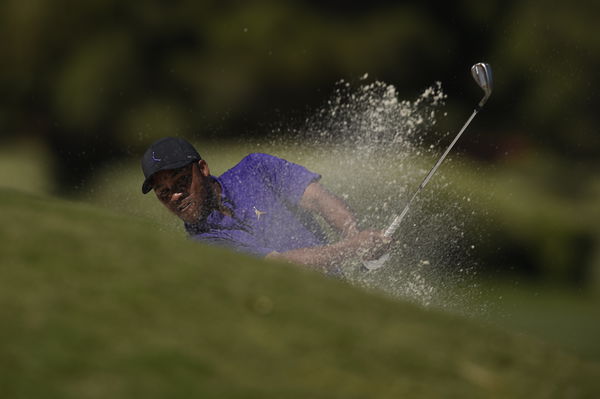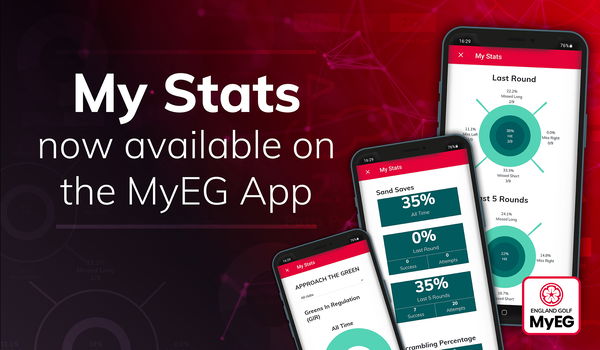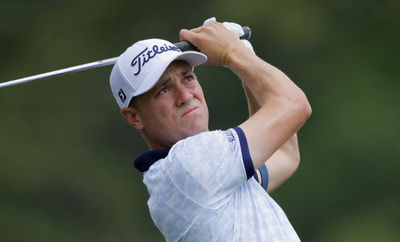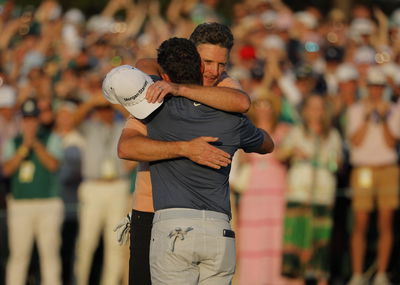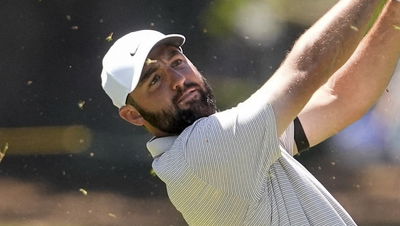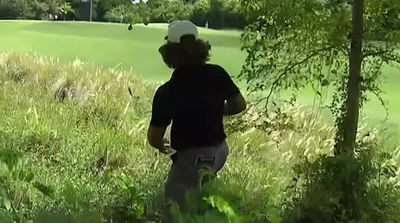The new World Handicap System explained: How will it affect UK golfers?
The new World Handicap System comes into play in England, Scotland, Wales and Ireland on November 2, so make sure you know how it will impact you.

The time has come for the new World Handicap System to be implemented in England, Scotland, Wales and Ireland, in an attempt to grow the game of golf and attract more players to the game, but what does it all mean I hear you ask? Well we're here to help...
The WHS has been in the making for years and is already being used in countries around the world.
Once you know more about the new system, it should start to make handicapping much easier to understand and will provide golfers with a 'Handicap Index' which can be transferred from course to course.
What does Handicap Index mean?
The WHS will calculate your Handicap Index by taking your best eight scores from your last 20 entered rounds.
Now with the old CONGU handicap system, every score you entered in a competition affected your handicap, whereas with the WHS that won't happen, due to it being based on an average system.
Your Handicap Index will be calculated using your scores dating back to January 2018 and each golfer now has a 'low Handicap Index' or 'anchor point' which means your handicap won't drastically change once one of your best scores is no longer being used as part of your average.
The anchor point also means that golfers can't go up more than five strokes in a 12-month period as the system won't let you.
The highest Handicap Index a golfer can have is 54 and if you are a new golfer, the system for obtaining a Handicap Index is pretty much the same as the old one, where you are required to enter 54 holes, which can be done playing rounds of 18 holes or nine if you so wish.
What is Course and Slope Rating?
This part of the WHS has caused some confusion with golfers, so here's how Course and Slope Rating actually works.
Course Rating is essentially the same as 'standard scratch' where a course is given a certain rating based on the number of shots a scract golfer would take on that course.
Every course has been given a rating based on how a male and female scratch golfer would play the course, as well as taking into account how a male and female bogey golfer would play, which then gives you a Course Rating value.
Slope Rating is where a lot of golfers have got confused, as they think it's about the difficulty of the golf course, but it's not, it's all about the ability of the golfer playing the course.
A course's Slope Rating is based on how much harder it is for a bogey golfer (considered between a 20-24 handicap) to play a particular golf course compared to a scratch golfer.
As long as you know your Handicap Index and the Slope Rating of a course (which will likely be displayed on a scorecard or information board somewhere) then your Handicap Index can be transferred across any golf course in the world to provide you with your 'Course Handicap'.
What's the difference between Course Handicap and Playing Handicap?
Now this is the part that will help you understand when your handicap will change depending on whether you're playing socially or in a competition.
Your Course Handicap, as we mentioned in the previous section, will use a chart to determine how many strokes you will receive depending on your Handicap Index and the Slope Rating.
Your Playing Handicap will be used for competitions, where golfers will play using 95% of your Course Handicap.
So for example, a player with a Course Handicap of 18 will use a Player Handicap in competitions of 17.
This system has been implemented to give everyone competing a fair chance of winning, as if it wasn't used, those playing off higher handicaps would have a greater chance of success.
So that's it, we've covered the important factors and the information you really need when it comes to the WHS, but if you'd like to dig a little deeper or find something we haven't mentioned, check out WHS.com.
